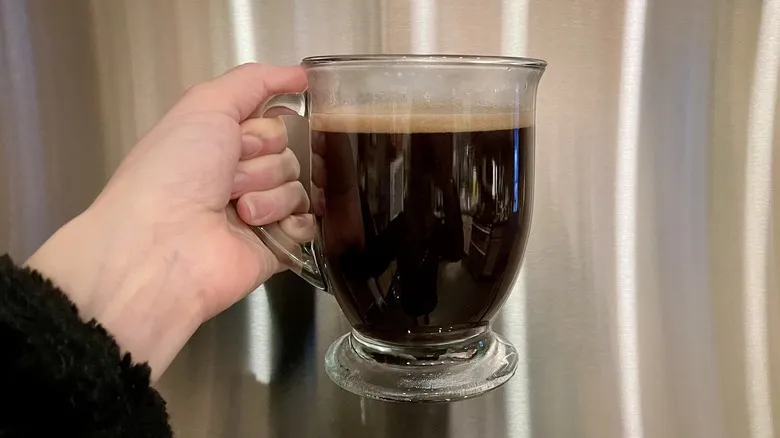Tools you will need

When it comes to tools, you won't need a coffee maker, but some essential kitchen utensils are necessary. For the first method, you'll need a saucepan and a stirring utensil. The second method requires a mason jar along with either a coffee filter or cheesecloth. For the third method, a pitcher or canister will suffice.
In addition to these tools, you'll need water and coffee beans. You can opt for whole beans and grind them yourself, or you can choose pre-ground coffee. If you go with pre-ground, ensure that the grounds are fresh, as they tend to lose their flavor more quickly than whole beans.
When selecting your coffee beans, consider factors that will influence the flavor. The grind size and roast level are crucial. Beans can be ground to different coarseness levels; coarser grounds need more time in contact with water, making them ideal for the saucepan method, while the mason jar method works best with medium or finely ground beans. If you're unsure, medium grind is the most widely used and adaptable option.
Coffee beans come in light, medium, or dark roasts. The roasting process impacts the flavor intensity and the extraction of the bean's natural characteristics. Ultimately, this choice is subjective, but if you're uncertain, starting with a medium roast is a safe bet.
Stove top method

Helena Nichols/ Chowhound
Fill your pot with the amount of water needed for your desired number of coffee cups. Since some water will evaporate during boiling, you can be a bit generous, but avoid adding too much, as this could result in weak coffee. Bring the water to a boil.
Helena Nichols/ Chowhound
Once the water is boiling, add your coffee grounds and turn off the heat. Let the coffee steep for up to five minutes, giving it a stir occasionally.
Helena Nichols/ Chowhound
Allow the coffee grounds to settle at the bottom of the pot, then either pour or spoon the coffee into your mug and enjoy.
Mason jar method
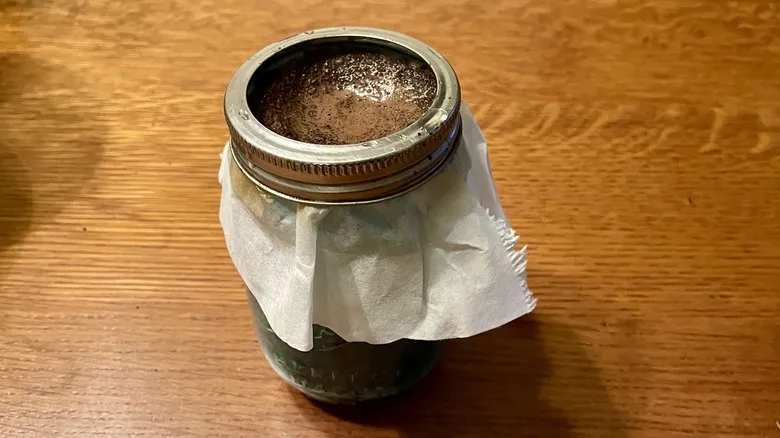
Helena Nichols/Chowhound
Select a mason jar that can accommodate approximately 8 ounces of coffee. It's best to choose a smaller size. Make sure the jar is heat-resistant, as using a cold jar could cause thermal shock.
Helena Nichols/Chowhound
Secure a piece of cheesecloth or a coffee filter to the jar using the mason jar ring. If you don’t have a ring, a rubber band will work as well. Be sure to leave some slack to create a pocket that can hold your coffee grounds without spilling.
Helena Nichols/Chowhound
Add your coffee grounds to the filter and gradually pour hot water over them. After the coffee has brewed, remove the ring, filter, and grounds, and savor your coffee.
Cold brew method
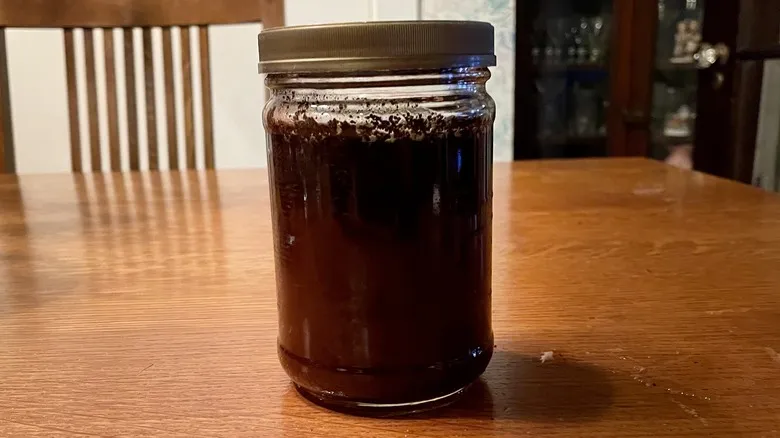
This is the least active of the techniques and is designed specifically for preparing cold brew coffee.
Helena Nichols/ Chowhound
Begin by selecting a container or pitcher that has a sealable lid. Add the coffee and water into the container.
Helena Nichols/ Chowhound
If needed, stir the mixture to ensure that the coffee grounds are fully saturated. You want to avoid having the grounds just floating on the surface.
Helena Nichols/ Chowhound
Secure the lid and let it steep for a duration of 8 to 24 hours, depending on your desired strength. Once the coffee has steeped, it’s ready to be filtered and enjoyed.
How long your coffee will last
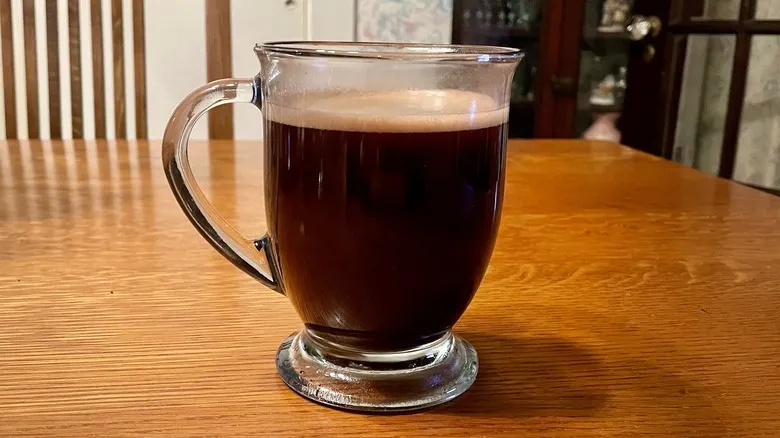
Pre-ground coffee should be used within a week for optimal freshness. Once brewed, it's ideal to enjoy it right away, but it can be stored if necessary. Hot brewed coffee can be kept in the refrigerator for approximately three to four days, after which its flavor and quality will decline. In contrast, cold brew coffee can remain fresh in the fridge for up to two weeks.
How to store coffee
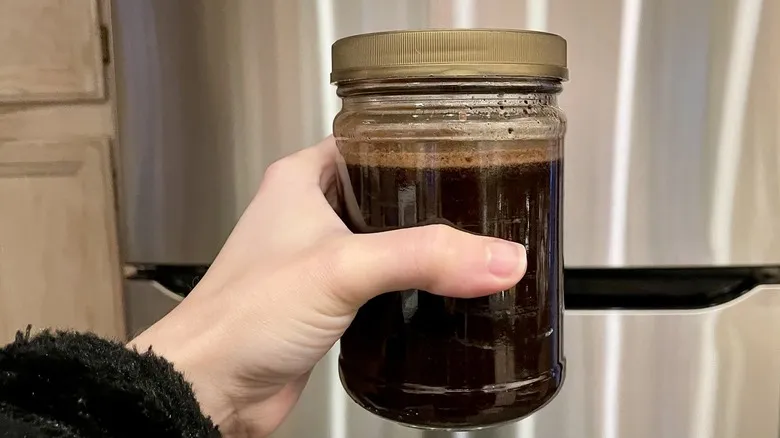
Coffee grounds should be kept in a sealed container in a cool, dark location. Similarly, brewed coffee should be stored in an airtight container, like a jar with a tight-fitting lid. It can be stored in the refrigerator until needed.
Recommended

Can You Use A SodaStream To Make Sparkling Wine?
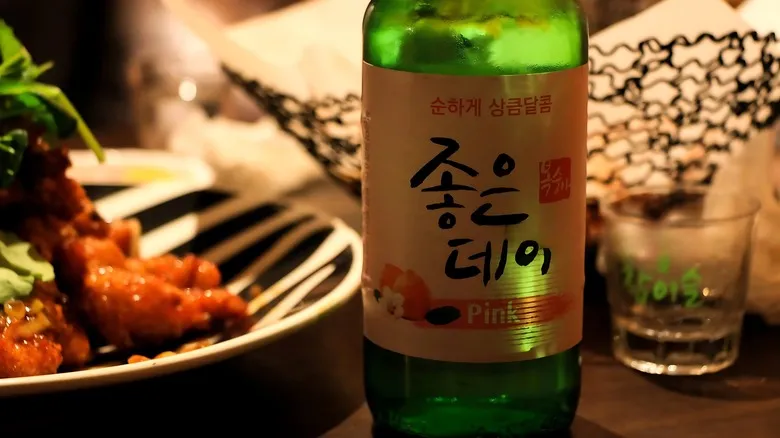
What Kind Of Alcohol Is Soju Anyways?
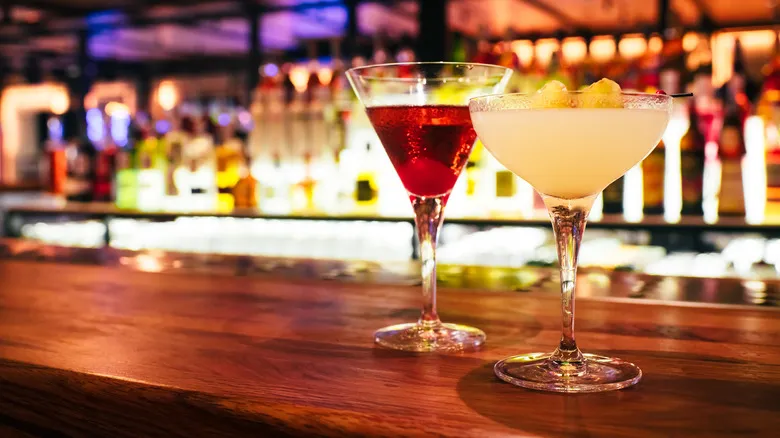
The '80s Coffee Cocktail That's Making A Most Triumphant Comeback

The Best Type Of Tequila For Seriously Good Mexican Coffee
Next up

